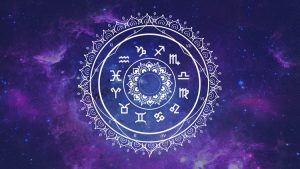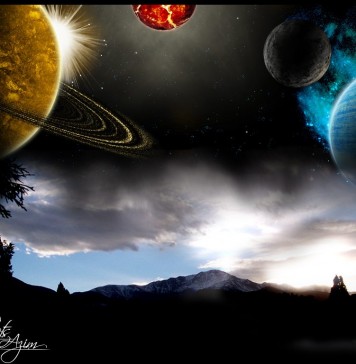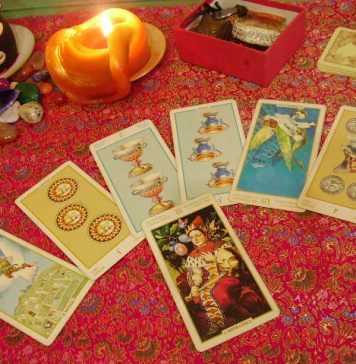Vedic astrology, also known as Jyotish astrology, Hindu astrology, and Indian astrology is the system of astrology most commonly used in the country of India and the surrounding cultures. While Western astrologers know that there is more than an astrological sign than just what month you happened to be born in, Vedic astrology is considered to be even more in-depth an accurate than a Western natal chart. There are sixteen different parts of a Vedic natal chart, all of which are looked at together in order to divine the whole person. Additionally, while Western astrology is based off the tropical zodiac which has shifted over the course of centuries, Vedic astrology uses the sidereal zodiac which is practically unchanged from when the original astrological designations were first made. The sixteen parts of Vedic astrology are: the Rasi or zodiac signs, the Naksatras or lunar mansions, Dasa-s or planetary periods, nine Grahas or planets, Gocharas or transits, Yogas or planetary combinations including Raja, Dhana, and Sanyasa, Bhavas or houses, Drstis or aspects, and the Drstis or aspects make up the rest.
Western vs Vedic Astrology

4,000 years of astrology history
Vedic astrology is incredibly in-depth and has been used in an evolving form for nearly four thousand years. While the form practiced today is something of a combination of the traditional Vedic and the Western astrology the same level of detail is still considered important, after all, in some countries and cultures these charts are still used to determine what career someone should choose, who someone should marry, what caste they should be allowed to be a part of, and even how many children they will have. Vedic astrology is still used, despite all the modern conveniences available, to determine business contracts and help someone figure out why they’ve fallen ill. Vedic astrology, like many of the mystic arts, has not developed out of the quick, “time is money” mantra of the West, but out of the much slower desire to treat the whole person. It can be seen as a more holistic approach to astrology. In fact, a Vedic chart can be so in-depth that it will even prescribe for parents of an infant areas of physical illness that may befall their child and let them know what foods their child may develop allergies to as they get older!
Exploring all the detail offered by Vedic astrology can be exciting and interesting. Learning what each of the different areas explains and how all the different parts work together is quite fun!










